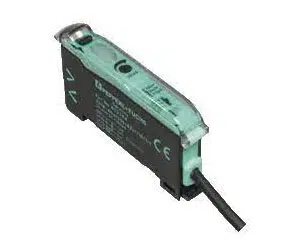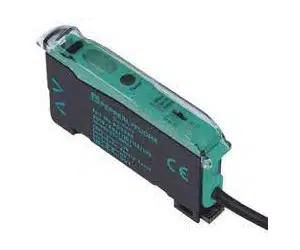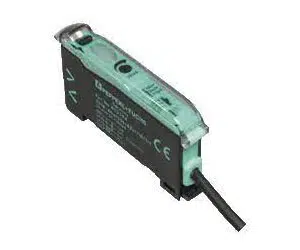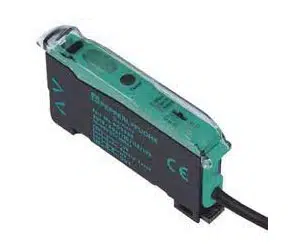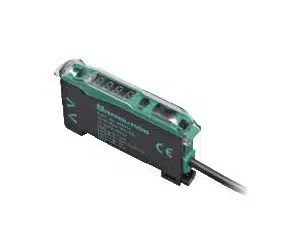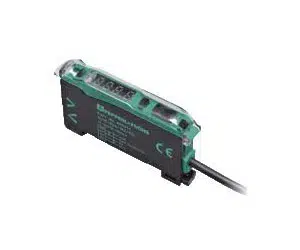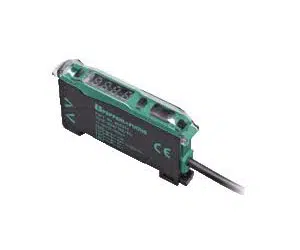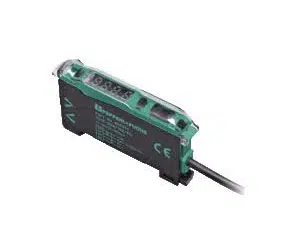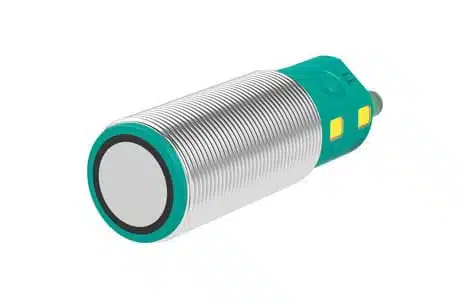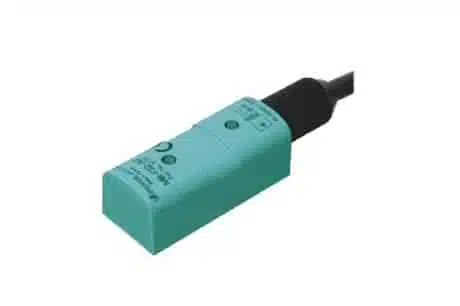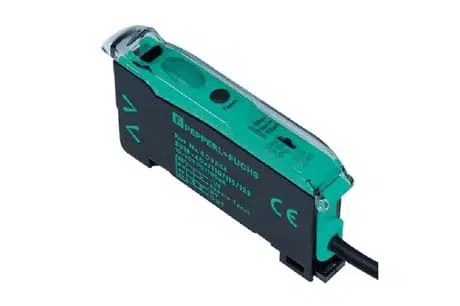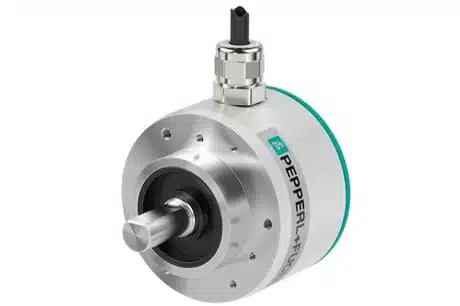Pepperl Fuchs Fiber Optic Sensor: Fiber Optic Cable
IndMALL Automation offers a wide range of Pepperl Fuchs Fiber Optic Sensors and Fiber-optic cables. These sensors provide the best solution for detecting small targets or for use in unfavorable conditions. Fiber optic sensors are ideal for use in harsh environments and high temperatures, where ordinary photoelectric sensors cannot be used. These sensors are the perfect choice for high-temperature sensing applications.
If you’re looking for a reliable and effective solution for your sensing needs, IndMALL is the right choice. As an authorized Pepperl Fuchs dealer, we can offer competitive prices and the best support for all your fiber optic sensor needs.
SU18/16/35/40a/110/115/126a
- Sensor Range: up to 460 mm (KLR-C02-2,2-2,0-K146)
- Detection Range: up to 1500 mm (KLE-C01-2,2-2,0-K116)
- Switching type: light/dark on, switchable
- Signal output: 1 push-pull (4 in 1) output NPN/PNP, short-circuit protected
- Switching Voltage: max. 30 V DC
- Switching Frequency: Standard mode: 3 kHz, High power mode: 1 kHz, Ultra mode: 100 Hz
SU18-16/40a/102/115/126a
- Sensor Range: up to 150 mm (KLR-C02-2,2-2,0-K146)
- Detection Range: up to 450 mm (KLE-C01-2,2-2,0-K116)
- Switching type: light/dark on, switchable
- Signal output: 1 NPN, short-circuit protected open collector
- Switching Voltage: max. 30 V DC
- Switching Frequency: Standard mode: 3 kHz , High speed mode: 6 kHz , High resolution: 250 Hz
SU18-16/40a/110/115/126a
- Sensor Range: up to 150 mm (KLR-C02-2,2-2,0-K146)
- Detection Range: up to 450 mm (KLE-C01-2,2-2,0-K116)
- Switching type: light/dark on, switchable
- Signal output: 1 push-pull (4 in 1) output NPN/PNP , short-circuit protecte
- Switching Voltage: max. 30 V DC
- Switching Frequency: Standard mode: 3 kHz , High speed mode: 6 kHz , High resolution: 250 Hz
SU18-40a/110/115/126a
- Sensor Range: up to 150 mm (KLR-C02-2,2-2,0-K146)
- Detection Range: up to 450 mm (KLE-C01-2,2-2,0-K116)
- Switching type: light/dark on, switchable
- Signal output: 1 push-pull (4 in 1) output NPN/PNP , short-circuit protected
- Switching Voltage: max. 30 V DC
- Switching Frequency: Standard mode: 3 kHz , High speed mode: 6 kHz , High resolution: 500 Hz
SU19/82a/103/115
- Sensor Range: up to 150 mm (KLR-C02-2,2-2,0-K146)
- Detection Range: up to 450 mm (KLE-C01-2,2-2,0-K116)
- Switching type: light/dark on selectable programmable
- Signal output: 1 PNP, short-circuit protected
- Switching Voltage: max. 30 V DC
- Switching current: max. 100 mA , resistive load
SU19/103/115/123
- Sensor Range: up to 150 mm (KLR-C02-2,2-2,0-K146)
- Detection Range: up to 450 mm (KLE-C01-2,2-2,0-K116)
- Switching type: light/dark on selectable programmable
- Signal output: 1 PNP, short-circuit protected, open collector
- Switching Voltage: max. 30 V DC
- Switching current: max. 100 mA , resistive load
SU19/110/115/123
- Sensor Range: up to 150 mm (KLR-C02-2,2-2,0-K146)
- Detection Range: up to 450 mm (KLE-C01-2,2-2,0-K116)
- Switching type: light/dark on selectable programmable
- Signal output: 1 push-pull (4 in 1) output NPN/PNP , short-circuit protected
- Switching Voltage: max. 30 V DC
- Switching current: max. 100 mA , resistive load
SU19/110/115/126a
- Sensor Range: up to 150 mm (KLR-C02-2,2-2,0-K146)
- Detection Range: up to 450 mm (KLE-C01-2,2-2,0-K116)
- Switching type: light/dark on selectable programmable
- Signal output: 1 push-pull (4 in 1) output NPN/PNP , short-circuit protected
- Switching Voltage: max. 30 V DC
- Switching current: max. 100 mA , resistive load
People Also Ask
What is a Fiber Optic Sensor Used for?
Common applications include structural health monitoring, medical diagnostics, industrial automation, and environmental sensing.
What are the Basic Parts of a Fiber Optic Sensor?
Common applications include structural health monitoring, medical diagnostics, industrial automation, and environmental sensing.
What are the Basic Types of Fiber Optics?
The basic types of fiber optics are single-mode fiber (SMF) and multimode fiber (MMF). Single-mode fiber allows only one light mode to propagate, making it suitable for long-distance communication. Multimode fiber supports multiple light modes, ideal for shorter distances with higher data rates.
Please share your Pepperl Fuchs Fiber Optic Sensors Requirements with sales@indmall.inin.

